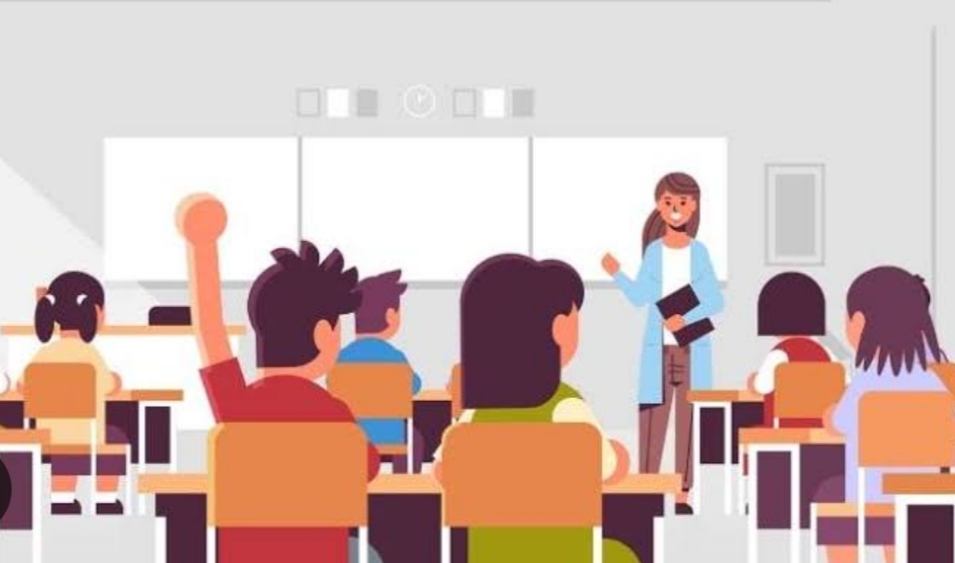By involving students in the learning process, such as through discussions, group activities, and hands-on projects, teachers can create a more dynamic and enriching educational experience.
Another crucial aspect is employing a variety of teaching strategies. Incorporating visual aids, multimedia presentations, real-life examples, and interactive technologies caters to diverse learning preferences, making complex concepts more accessible and relatable. This diverse approach not only enhances understanding but also keeps students motivated and enthusiastic about their studies.
Furthermore, the integration of practical applications is vital in effective teaching methodologies. Encouraging students to apply theoretical knowledge in real-world scenarios fosters problem-solving skills and helps students see the relevance and significance of their learning in everyday life.
Building a supportive and inclusive classroom environment is equally crucial. A positive and respectful atmosphere encourages open communication, nurtures creativity, and promotes a sense of belonging among students. This, in turn, enhances their confidence and willingness to participate actively in the learning process.




